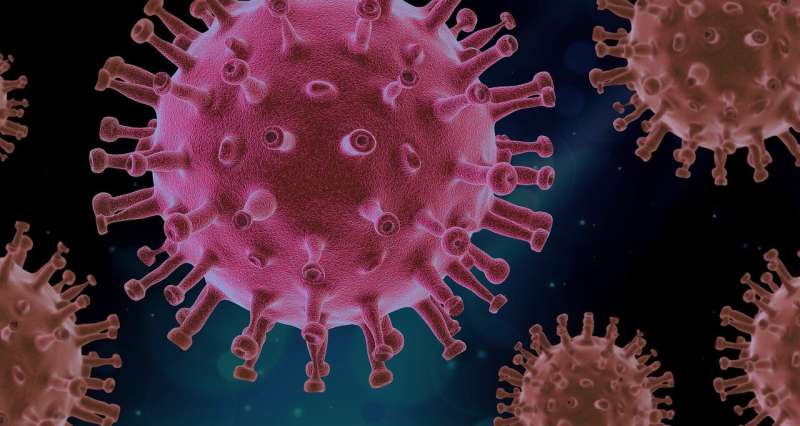
A main feature of COVID-19 is lung inflammation and respiratory failure caused by an overexuberant immune response known as the cytokine storm. But why does the body produce such an excess of cytokine immune cells? New research from Talal Chatila, MD, of the Division of Immunology at Boston Children’s Hospital and colleagues provides some insights, particularly regarding the mechanisms involved in severe lung inflammation in COVID-19. The study, published in Immunity, also provides some therapeutic suggestions to quiet the runaway immune response.
“We wanted to answer why this runaway inflammation happens despite mechanisms that normally would put the brakes on the immune system response,” says Chatila. “Something needed to shift gears to allow the immune response to become so active that it spills over to inflict tissue damage that winds up killing people. Once the underlying mechanisms for such a misfiring are identified, then we could start to think about how to intervene therapeutically.”
Notch4 notched up T-cell responses
Chatila and his colleagues studied the immune response of 120 adults from the U.S., Italy, and Turkey with lung inflammation from COVID-19. The results identified excess levels of Notch4 protein receptor found on regulatory T-cells (Tregs) as a key instigating mechanism of the runaway inflammation.
Tregs normally regulate or suppress other immune system components. But in severe COVID-19 lung inflammation, the team observed an overabundance of the Notch4 receptor on Tregs. While Notch4 production may normally increase in lung inflammatory conditions or infections, such as asthma or COVID-19, when over-expressed it can switch Tregs from a normal tissue repair program to one permissive for tissue inflammation.
“In patients with severe COVID this pathway seems to be hyperactivated,” says Chatila. “And it is associated with disease severity and increased risk of death.” Chatila and colleagues previously described a similar finding in asthma where they found that Notch4 caused severe lung inflammation in asthma.
Mice studies involving proxy models of viral infection, like influenza, produced the same results. When Notch4 was upregulated on Tregs in the lung, the inflammatory response became overly severe and tissue damaging.
Treatment stopped the storm
Mice treated with an anti-Notch4 antibody led to increased production of amphiregulin, a protein necessary in lung tissue repair. The mice displayed less tissue injury and disease severity and fewer fatalities. Conversely, in humans, Chatila’s team observed that amphiregulin levels were lower in COVID-19 patients with more severe disease and more Notch4.
“In lung injury from COVID-19, Notch4 derails amphiregulin production by suppressing the activity of interleukin-18,” says Chatila. “We showed we could reset the immune response either by inhibiting Notch4 using an antibody directed at it or by providing amphiregulin, suggesting that the Notch4-amphiregulin nexus could be a putative target of therapy in COVID-19.”
Currently, no anti-Notch4 antibodies or amphiregulin therapies are available for human use, though Chatila’s team is working on developing them.
Next step: Focus on pediatric COVID-19
As more patients—adults and even some children—appear to linger with symptoms of COVID-19 long past an active infection, Chatila’s focus has shifted to studying the immune responses in pediatric COVID-19 as well as the severe post-COVID-19 syndrome in children, known as MIS-C.
Source: Read Full Article
